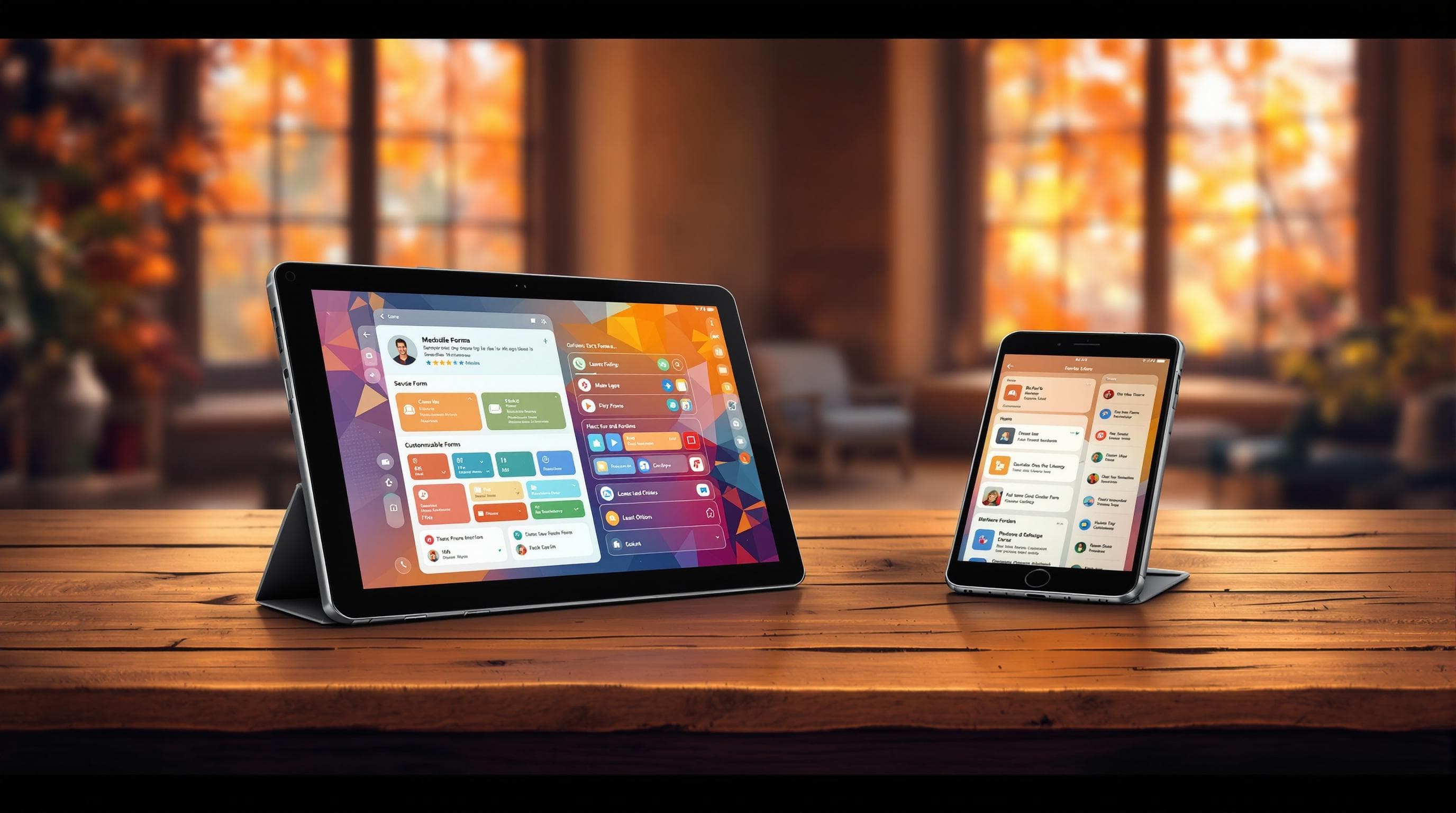The Future of Drag-and-Drop: Revolutionizing Form Customization


In an era where the user experience is paramount, the way we design and implement forms has undergone a significant transformation. Gone are the days when creating a form required extensive coding knowledge and design expertise. Thanks to drag-and-drop technology, even the most complex forms can be crafted with ease and efficiency. This evolution is not just a convenience but a revolutionary shift that empowers individuals and businesses to engage with their audiences like never before.
Why Drag-and-Drop Matters
The drag-and-drop feature has become a cornerstone of modern form customization, offering intuitive design capabilities that anyone can master. This technology democratizes the form creation process, allowing users to focus on what truly matters: collecting and analyzing data to drive decisions. Here's why this matters:
- Accessibility: You don't need to be a tech wizard to create a professional-looking form. Drag-and-drop interfaces are designed for everyone, reducing the learning curve significantly.
- Efficiency: Quick modifications and updates are possible without sifting through lines of code. This saves time and resources, allowing for rapid deployment and iteration.
- Customization: Personalize forms to align with your brand's identity without limitations. From colors and fonts to layouts and themes, the possibilities are endless.
- Interactivity: Engage users with dynamic elements like conditional logic and real-time feedback, enhancing the user experience and increasing form completion rates.
The Benefits of Embracing Drag-and-Drop
The impact of adopting drag-and-drop technology extends beyond mere convenience. Its benefits are manifold, influencing how organizations operate and interact with their clients:
Streamlined Workflow
Drag-and-drop interfaces simplify complex processes, enabling teams to collaborate seamlessly. The ease of use reduces the dependency on specialized developers, allowing marketing teams, project managers, and other stakeholders to directly contribute to form design. This collaborative approach leads to more cohesive and effective outcomes.
Cost-Effectiveness
By minimizing the need for extensive coding and third-party design services, drag-and-drop form builders help organizations cut costs. This enables even small businesses with limited budgets to create sophisticated forms that drive engagement and conversions.
Enhanced User Engagement
A well-designed form can significantly enhance user interaction. With drag-and-drop tools, creating visually appealing and user-friendly forms becomes straightforward. Features like real-time previews and responsive design ensure that forms function flawlessly across devices, providing a consistent user experience.
Creating Your Ideal Form: A Step-by-Step Guide
To fully harness the power of drag-and-drop technology, it's essential to understand how to effectively use these tools. Here’s a step-by-step guide to creating your ideal form:
1. Define Your Objectives
Begin by identifying the purpose of your form. Are you collecting feedback, gathering sign-ups, or conducting a survey? Clearly defining your objectives will guide your design choices and ensure the form meets your needs.
2. Choose the Right Tool
Select a form builder that offers robust drag-and-drop functionality. Platforms like Ezpa.ge provide customizable themes, mobile optimization, and real-time Google Sheets syncing—all essential features for effective form creation.
3. Design Your Form
- Start with a Template: Use pre-designed templates as a starting point. Customize them to suit your brand's aesthetic.
- Add Essential Fields: Incorporate only the necessary fields to avoid overwhelming users. Use dropdowns, checkboxes, and radio buttons to make data entry easy.
- Incorporate Conditional Logic: Use conditional logic to show or hide questions based on previous answers, creating a personalized experience for users.
4. Test and Optimize
- Conduct User Testing: Gather feedback from a sample audience to identify any usability issues or areas for improvement.
- Analyze Performance: Utilize built-in analytics to track form completion rates and identify bottlenecks. Make data-driven adjustments to optimize performance.
5. Deploy and Monitor
Once your form is polished and ready, deploy it across your desired channels. Monitor its performance regularly and be prepared to make iterative changes based on analytics insights.
Real-World Applications
The versatility of drag-and-drop form builders extends across various industries:
- Education: Teachers can create interactive quizzes and surveys to assess student understanding.
- Healthcare: Clinics can streamline patient intake by designing forms that cater to specific needs.
- E-commerce: Retailers can enhance customer feedback mechanisms and improve user satisfaction.
Looking Ahead: The Future of Form Customization
The evolution of drag-and-drop technology continues to open new possibilities in form customization. Future advancements may include:
- AI-Driven Insights: Leveraging artificial intelligence to suggest form optimizations based on user behavior and preferences.
- Enhanced Security Features: Incorporating advanced encryption and authentication methods to protect sensitive data.
- Voice-Activated Interfaces: Designing forms that can be completed through voice commands, offering greater accessibility.
Conclusion
The revolution of drag-and-drop technology in form customization is an exciting development that empowers users to create engaging, personalized forms with ease. As we look to the future, the potential for innovation in this space is limitless.
Now is the time to embrace this technology and transform the way you interact with your audience. Start exploring the possibilities with Ezpa.ge today, and take the first step toward revolutionizing your form creation process.
Ready to innovate? Dive into the world of drag-and-drop form customization and unlock new potential for your organization. Visit Ezpa.ge to get started and experience the future of form creation.


